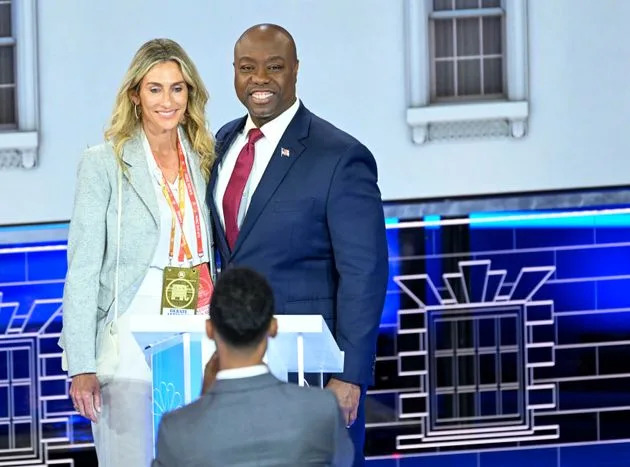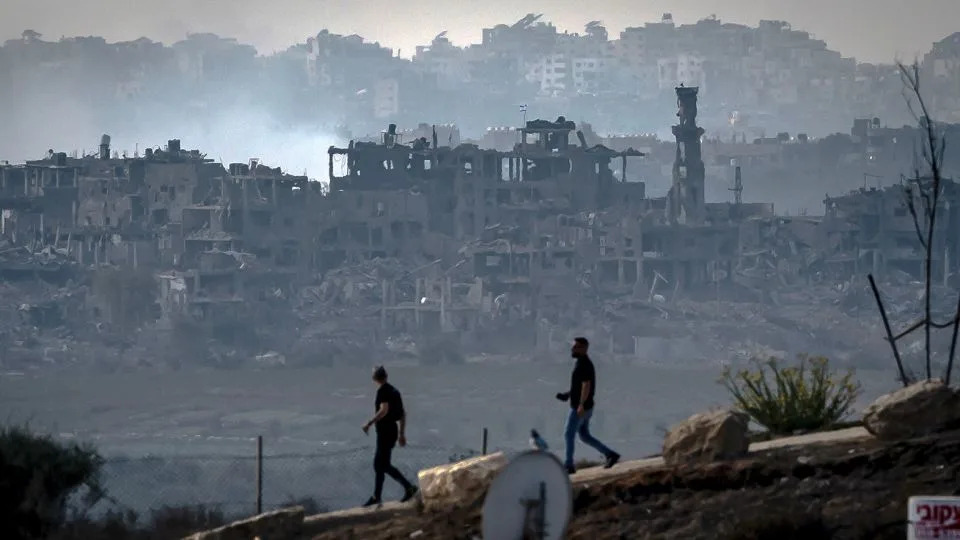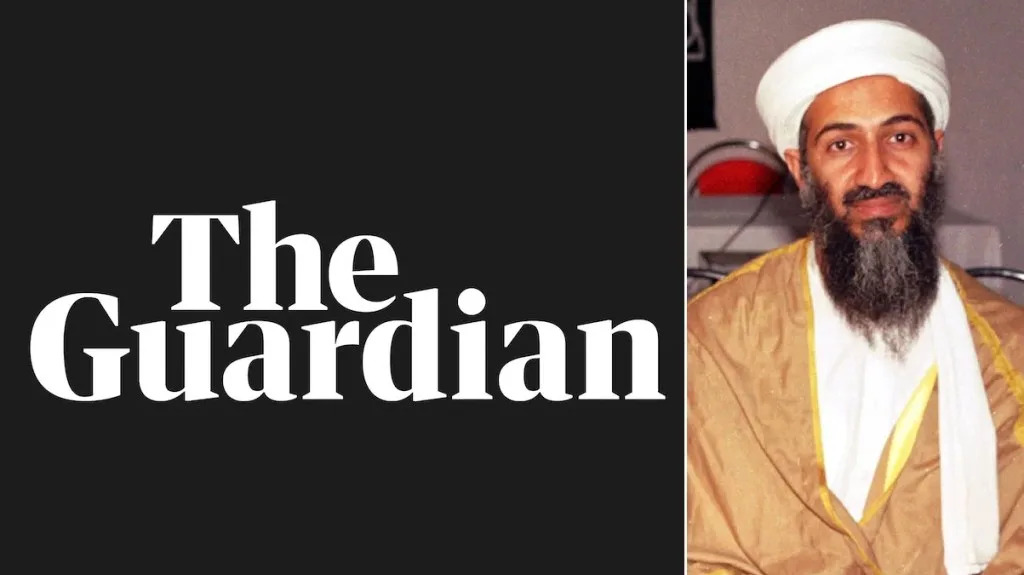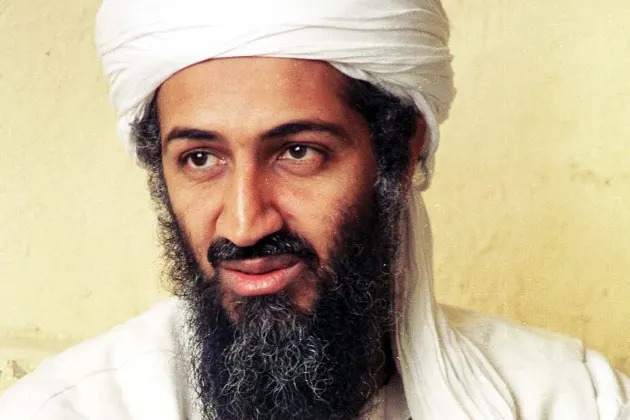Opinion
Tim Scott’s Run For President Was Never Real, And Neither Was He
Stephen A. Crockett Jr.
Wed, November 15, 2023

Sen. Tim Scott (R-S.C.) arrives for the third Republican presidential primary debate in Miami on Nov. 8.
Goodbye, Sen. Tim Scott! We barely knew you.
No, literally, we don’t know you. If the South Carolina Republican were walking down the street wearing a hoodie with the words “HI EVERYONE, I’M SEN. TIM SCOTT!” on the front, I’d argue that still no one would know him.
And Republicans want it that way.
On Fox News’ “Sunday Night In America with Trey Gowdy,” a show watched only by Republicans, Scott announced Sunday that he is no longer running for president.
“I’m looking forward to getting back on the campaign trail without question,” Scott told Gowdy, a former U.S. representative from South Carolina. “But when I go back to Iowa, it will not be as a presidential candidate. I am suspending my campaign.”
If Tim Scott drops out of the presidential race, does it make a sound?
Does anyone wonder why we learned of Scott’s girlfriend right before he left the race? I mean, he literally introduced America to “Mindy Noce, an interior designer and mother of three from Charleston, South Carolina,” opening her up to scrutiny just before telling the waitress to “hold the presidential campaign, I couldn’t eat another bite.”
A bizarre turn of events for a candidate who seemed to have the support of major donors, having accumulated some $22 million in donations and a $35 million bump into the senator’s super PAC, Opportunity Matters Fund, from Larry Ellison, the co-founder of Oracle Corporation.
So if it wasn’t money, then what stopped the lone Black Republican senator, who had the opportunity to possibly become the first Black GOP presidential nominee, from continuing his campaign? Well, Tim Scott is not a full-throated, full-fledged politician, as he’s allowed himself to become a Republican sideshow who wasn’t quite ready for the big stage.
To understand Tim Scott is to understand America’s relationship ― more specifically, white America’s relationship ― with the Black friend. Since the beginning of time, there has always been a Black friend, sometimes as a guardian (think Jim in “Huckleberry Finn”), or the voice of God (again, Jim in “Huckleberry Finn”), or just literally God (think Morgan Freeman in “Bruce Almighty”).
The main role of the Black friend has always been to propel his white counterpart. Never the main attraction, the Black friend is always a sounding board to show the moral qualities of their white protagonist. So Tim Scott has become a caricature of an archetype. When a Republican says he has a Black friend, he’s referring to Tim Scott. Whenever Republicans have been accused of being racist, they bring up Tim Scott. Remember, after the massacre last year in Buffalo, New York ― where a white man walked into a grocery store and killed 10 Black people and wounded three more ― there was a huge conversation about whether America is a racist country? It was Tim Scott who argued, honestly, as the lone Black senator in the Republican Party and one of only 13 Black senators in the country’s history, that America doesn’t have a race problem.
During his speech, Scott said he’s “experienced the pain of discrimination.” But he cautioned that “race is not a political weapon to settle every issue the way one side wants.” This was said by a Black man who truly believes that he worked harder than other Black folks to become a member of Congress, and not that Congress has a race problem.
Scott is a lap dog who does it all for the head rubs because the white gaze is a powerful drug. He learned during his brief campaign that he wasn’t ready for prime time, having spent the majority of his career as a sideshow. Prime time means that all parts of your life get examined. I’m guessing Scott felt it necessary to bring out his girlfriend because he was getting tired of the speculation about his sexuality.
This is the dirty part of politics that is actually one of the only areas of true bipartisanship: minding other people’s business. Whatever Scott does in his private life is his business, and he shouldn’t be forced to parade his partner as proof of anything. He should be allowed a full life with whomever he chooses, but this is the problem when you’ve always been an opening act.
Scott poses on stage with Mindy Noce after the third Republican presidential primary debate on Nov. 8.
Tim Scott has never been a fully actualized politician. At this point, he is a kindergartner’s drawing of a politician from memory. Scott is a Black man who was endorsed by the National Rifle Association during his run for Senate in South Carolina, which means he believes that America doesn’t have a race problem or a gun problem. And the two have collided more than once in Scott’s own backyard. Think about this: Scott was a senator in South Carolina on June 17, 2015, when 21-year-old Dylann Roof walked into Charleston’s Emanuel AME Church and shot and killed nine Black people after having been welcomed into the church for Bible study. This was not a random attack. Roof, a white supremacist, targeted the church because of its history and its connection to the Black community. Scott didn’t just lose constituents on that day. He lost his friend, senior pastor and state Sen. Clementa C. Pinckney.
“I remember Wednesday, June 17, 2015, like it was yesterday,” Scott wrote in a 2020 op-ed for The Post and Courier titled “We Must Meet Racism with Love and Peace.” “I had just finished having dinner with my good friend, U.S. Rep. Trey Gowdy, in Washington, D.C., and was sitting on my bed when the phone rang.”
“It was the Charleston County Sheriff’s Office with news of the shooting at Emanuel AME Church,” Scott wrote. “I texted the Rev. Clementa Pinckney: ‘Are you okay?’”
But that still wasn’t enough for Scott to support commonsense gun laws. He either punted ― like he did after the 2019 mass killing in Odessa, Texas, where Scott claimed that mental illness was to blame, and that he needed more information on private gun sales before he could take a position ― or else he simply voted in lockstep with other Republicans to uphold America’s allegiance to the Second Amendment.
When the people of South Carolina demanded that something be done after losing nine members of their community to racist gun violence, Scott and Gov. Nikki Haley, a fellow Republican, decided that it was finally time to take down the Confederate flag.
Wait, I hear you say. Nine people died in a racist, savage killing, and all they did was remove a flag?
Yes.
“The Confederate battle flag did not cause the hateful, racist actions that left nine families and our entire state grieving, and it remains part of our state’s rich and provocative history. But for so many, the flag signifies pain and division that has no home here, and that does not represent the present or the future of our great state,” Scott said on July 9, 2015, less than a month after the Emanuel AME slayings.
“I do not believe that the vast majority of those who support the flag have hate in their hearts,” he said. “But it is clear that this is the right step forward for our state.”
I’m confused as to why a definitive act to denounce not only racism, but a symbol of hate and the continuation of slavery, feels like an apology. But such is life for the lone Black Republican senator: always sorry, even when you’re doing the right thing.
The truth of the matter is this: No matter how much Scott allowed himself to be a trophy for Republicans, they were never going to choose a Black man as their presidential nominee. Strom Thurmond would roll over in his grave so much, it would sound like a rock tumbler.
But the real reason Scott dropped out of the race was because of one fact he was forced to accept; one fact he couldn’t deny; one fact that he couldn’t pretend didn’t exist — he was never a viable candidate.
“He never cracked 4 percent in 538’s average of national polls,” ABC News noted Tuesday. “He plowed much of his campaign cash into TV ads in early states, and that did seem to work at first: By mid-August, according to 538’s averages, he was polling at 12 percent in Iowa, 12 percent in South Carolina (his home state) and 8 percent in New Hampshire.”
It may be difficult to admit that America was built on a foundation of racism, or that loose gun laws make it easier for bad actors to get access to firearms. But it’s hard to stare reality in the face and realize that no matter how much you shine yourself up to make yourself presentable to the folks whose acceptance you desperately want, you are still a Black man, and the group you’ve aligned yourself with will always have a problem with that.
Opinion
Vivek Ramaswamy's Loud Voice Doesn't Resonate With Young Indian Americans
Ramaswamy, an Indian American millennial, doesn't represent the core values of the demographics invoked for his deeply cynical campaign.
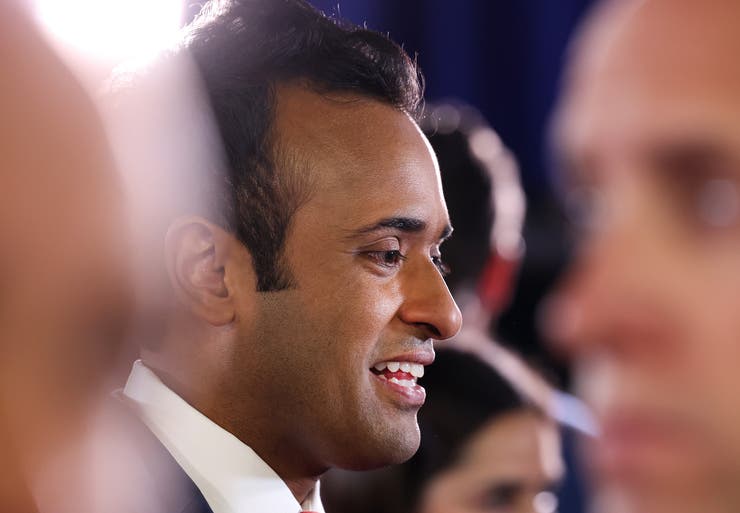
Republican presidential candidate Vivek Ramaswamy talks to members of the media in the spin room following the first debate of the GOP primary season, Aug. 23, 2023, in Milwaukee.
By Kaivan Shroff, Guest Writer
Aug 30, 2023
As a young Indian American commentator, it’s both exciting and challenging when an Indian American breaks into the national political arena. To date, we’ve seen former Louisiana Gov. Piyush “Bobby” Jindal, Vice President Kamala Harris, and former South Carolina Gov. Nikki Haley run for president. But the reality is that Jindal is a footnote to history, Harris is predominantly perceived as a Black woman first, and Haley is white-passing and has only recently embraced her Indian American identity for this latest presidential bid. Moreover, each of these figures is from a previous generation — coming of age in a very different America than the one inherited by millennials and Gen Z.
Therefore, my interest was piqued when, a few months back, I learned of an Indian American millennial who’d entered the 2024 presidential race out of nowhere. That candidate, Vivek Ramaswamy, burst onto the national political scene last Wednesday at the Republican primary debate.
Though I had already done a deep dive into the right-wing tech bro and culture warrior, I watched Ramaswamy’s debate performance with a unique sense of dread. I hoped the people watching at home knew this was no representation of either my generation or the Indian American community. Ramaswamy, 38, is one of the few high-profile young Indian American political voices, but nearly every word out of his mouth betrays the core values of the demographics he’s invoking for his deeply cynical campaign.
In rallying cries to his fellow Indians to break free from the British Empire, Mahatma Gandhi often cited and drew from the American Revolution. No doubt Ramaswamy, who has centered the “revolution” in his messaging, knows this well. However, unlike Ramaswamy, the vast majority of Indian Americans ― having come of age during or just after Indian Independence in the mid-20th century ― treasure the hard-won privilege of democracy.
At the debate, the biotech entrepreneur fed red meat to the MAGA base, arguing that former President Donald Trump “was the best president of the 21st century” and dismissing urgent threats to democracy both domestically and abroad (e.g. siding with Vladimir Putin’s Russia over Ukraine). In stark contrast, in 2016, a reported 77% of Indian Americans voted for former Secretary of State Hillary Clinton, and in 2020, over 70% of Indian Americans supported the Biden-Harris ticket.
In fact, in response to Trumpism and its anti-immigrant rhetoric, Indian Americans have become increasingly politically engaged in support of progressive policies. As journalist Vidya Krishan explains: “Indian Americans used to be sheltered from America’s racial storm — but then came Trump and COVID-19.”

Ramaswamy and former U.N. Ambassador Nikki Haley participate in the first debate of the GOP presidential primary season.
Unlike the majority of our community, Ramaswamy sees self-opportunity in the modern Republican Party. Not unlike other non-representative, prominent Republicans, Ramaswamy is eager to weaponize his minority identity against other marginalized groups. He is particularly, and viciously, anti-Black. For example, Ramaswamy, who’s written a book mockingly titled “Woke, Inc.” ― a screed against diversity, equality and inclusion efforts and corporate social responsibility ― cheered on the Supreme Court’s recent decision prohibiting affirmative action in college admissions, arguing that a supposed crisis of “fatherlessness” is actually to blame for unequal outcomes for Black Americans.
“I went to public schools through eighth grade. It was racially diverse, majority-Black or something close to it,” Ramaswamy told ABC News’ Linsey Davis in June. “There wasn’t a single one of those Black kids that could not have achieved everything that I have in my life ― I’ve lived the American dream, I’m now running for U.S. president ― if they had also been given the same privilege that I had, which was two parents in the house and a focus on education.”
Ironically, Ramaswamy is inarguably the beneficiary of such DEI and affirmative action policies, having attended Yale Law School on a Paul & Daisy Soros scholarship targeted to “new American” immigrant families.
Just as he exploits his identity as an Indian American immigrant, Ramaswamy also attempted to use the debate to claim the mantle of a next-generation leader. But here, too, his positions were painfully out of step with the young voters he supposedly represents. “I think we do need somebody of a different generation to lead this nation forward,” he said during the Fox News event. Yet despite young voters being more politically engaged than ever, Ramaswamy’s signature domestic policy idea is to raise the voting age to 25.
On issues that matter most to young voters, such as gun violence and climate change, his answers could not have been farther from the mainstream preferences of our demographic. In response to a question about extreme weather wreaking havoc across the country, Ramaswamy declared that “the climate change agenda is a hoax.” He also confirmed to moderator Bret Baier that if elected, he would shut down the Bureau of Alcohol, Tobacco, Firearms and Explosives ― the federal agency that regulates firearms ― in addition to the FBI and the IRS.
As we saw with presidential hopeful Andrew Yang in 2020, limited representation in the national discourse can lead to outlandish or downright wacky figures filling in representation gaps in our politics and media. Ramaswamy comes served up with all the fixings to a political media that is starving for something different from Trump indictments and Hunter Biden investigation pressers ― and surely, there is much more Vivek to come. Therefore, it’s critical that readers, viewers and voters understand that Ramaswamy is an extraordinarily contrived figure who does not resonate with or represent Indian Americans, young voters, or young Indian American voters like me.
